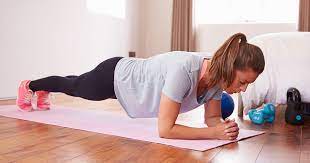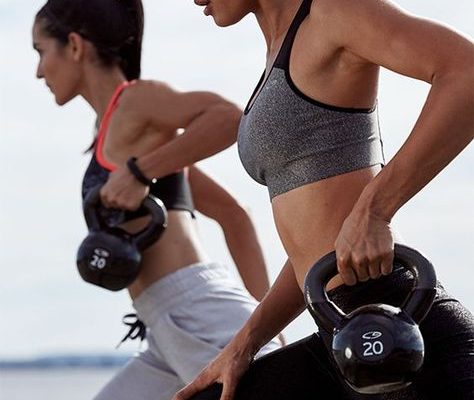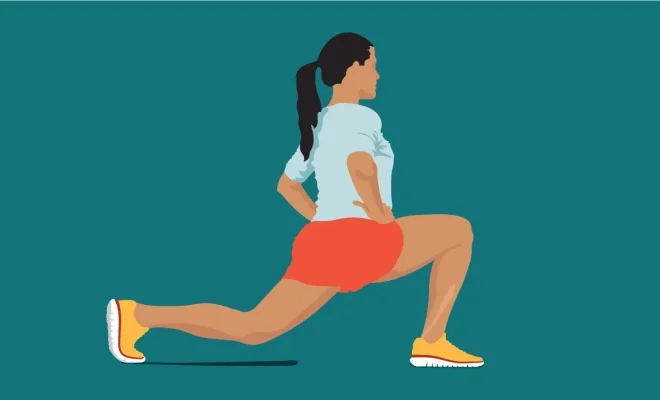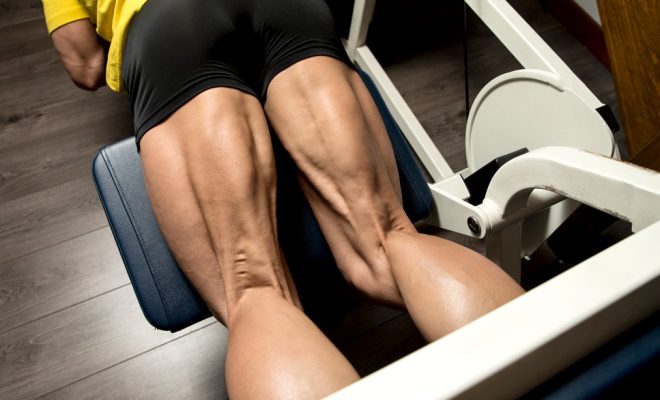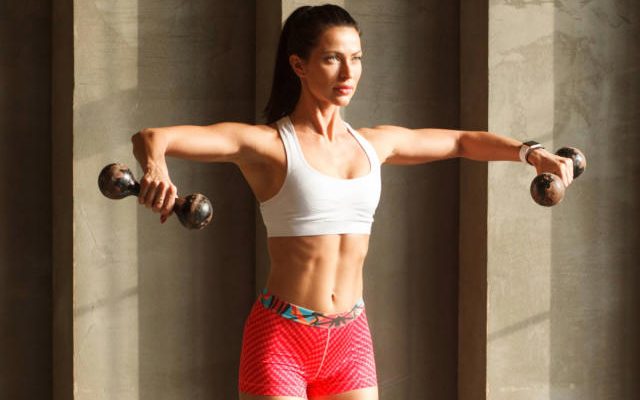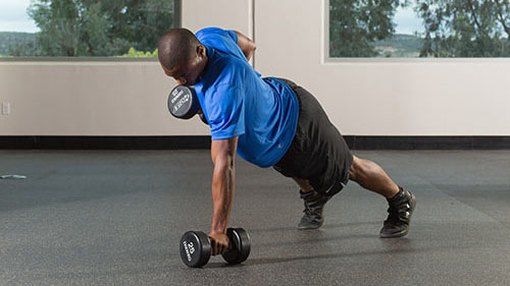The 5 Best Plyometric Exercises for Older Adults
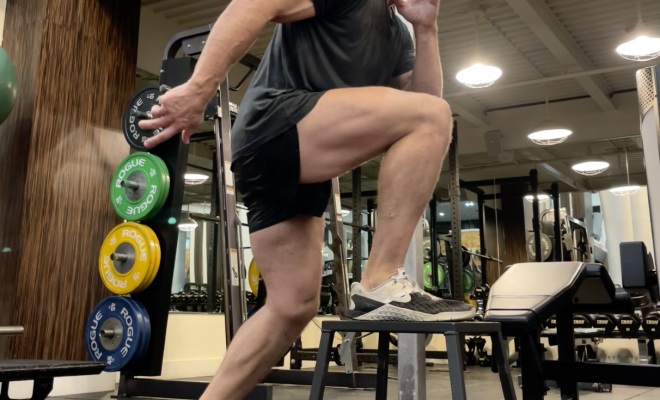
As we age, maintaining a healthy and active lifestyle becomes even more crucial to preserving our quality of life. Plyometric exercises are a type of high-intensity training that involves explosive movements, such as jumping and bounding, which can improve muscular power, coordination, and balance. However, for older adults, it’s important to perform these exercises with modifications to reduce the risk of injury. Here are the five best plyometric exercises that are suitable for older adults.
1. Modified Jump Squats
Jump squats can be modified for older adults by reducing the squat depth and the jump intensity. Stand with your feet shoulder-width apart, lower into a half-squat instead of a full squat, and then perform a small jump off the ground. Make sure to land softly on your toes before rolling back to your heels.
2. Low-impact Skater Plyos
Skater plyos mimic the side-to-side movements of a speed skater but can be adapted for lower impact. Instead of jumping far distances, take smaller lateral hops from one foot to the other. This helps work on lateral movements and balance without putting excessive stress on the joints.
3. Step-ups
Using a low step or platform, step-ups can provide plyometric benefits as you quickly alternate stepping up with one foot and then the other. The height of the step can be adjusted based on your comfort and ability.
4. Seated Pillow Throws
This exercise simulates an upper-body plyometric movement without risking lower body injuries common in high-impact jumps. Sitting on a chair or bench, take a pillow or light medicine ball and throw it forcefully against a wall before catching it on the rebound. This engages your core and helps enhance arm strength.
5. Modified Box Jumps
For those who are more confident with their balance and leg strength, box jumps onto a very low rise (like a sturdy 6-inch step) can be effective. Focusing on soft landings is key here to minimize any jarring impact. As confidence grows, you may choose to increase the height slightly.
Remember to always consult with a fitness professional or healthcare provider before starting any new exercise program, particularly one involving plyometric elements which can be intense in nature even when modified for older individuals. Also, always warm up thoroughly before engaging in plyometric training to prepare your muscles and reduce the chance of injury.

